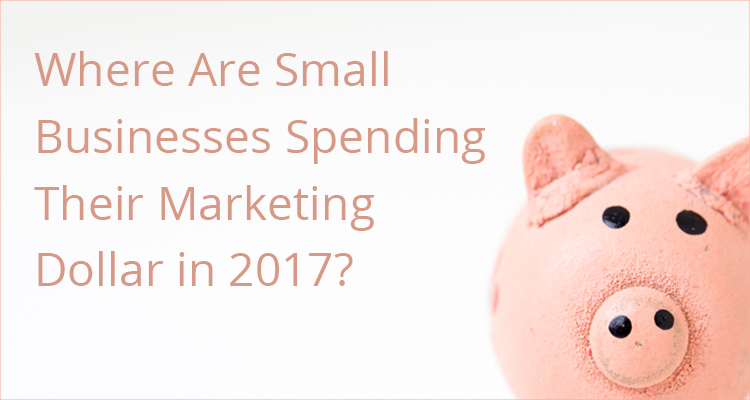As marketing budgets continued to rise throughout 2016, reaching up to 12% of company revenue, the outlook for marketing agencies and those wanting to enter into the online marketing world looks bright.
According to the 2016-2017 CMO Spend Survey by Gartner, Larger corporations (those with over $5 billion revenue) are spending over 13% of their budget on marketing while medium business (those in the $250 million to $500 million revenue bracket) are budgeting about 10% of their annual income.
This thing is to give us a good measure of what online business are investing in their marketing and advertising spend.
The survey also enables a company to ensure that they are not underestimating or overestimating their operational marketing strategy.
As a consequence of the upward growth in online marketing and advertising, most companies and marketing experts expect rises to out 2017.
However, those rises may not be related to spending on marketing outsourced services but on in-house marketing projects.
Inhouse Marketing on the Rise
According to Review Squirrel, around 71% of small business owners are doing their own online or Digital Marketing, rather than outsourcing it to agencies.
Over 80% of those who have an online presence believe that having a website gives them a distinct competitive advantage. Those surveyed are also prepared to invest in marketing – whether it be in-house or outsourcing.
Digital marketing, notes Review Squirrel, has an excellent reputation with business owners with 75% of small business believing that online marketing is the best way to draw and capture the available market in their niche.
The expectation, leading into the middle of 2017, is that more and more business will invest their money in web design technology, digital advertising and digital commerce, above all other forms of marketing.
If 2016 represented an increase in online spending, then we can expect digital marketing investments and activities to remain the top priority for small and medium business.
Of those websites and small firms that were surveyed by Gartner, website spending was ahead of all other forms of marketing investment.
Those working in digital marketing spent 9% of their budget on websites, Making it the biggest investment out of 14 spend categories that were surveyed.
And, most of that spending went into technology that provides for more responsive, mobile friendly and personalised online and digital experiences.
One of the keys to spending as we look ahead, to maintain long-term vision small and medium sized business online. Short term gains are becoming harder to obtain, and smart business develops a marketing concept and strategy that goes 3, 5 or even ten years into the future.
The Resurgence in AdWords and Paid Media
Given the radical changes in technology online this is a tough thing to do. However, The signals are there to assist small business and marketing agencies in developing a worthwhile strategy.
For example, in spite of the exaggerated concerns about online ad blocking, around two-thirds of agencies and small business plan to increase their digital advertising budgets in 2017.
Far from fading, ads seem to been gaining momentum as a viable way for business to increase market share and engage new audiences. The key is research, smart branding and testing.
As with any media buy, testing is critical. “Don’t set your campaign and forget. Keep testing”, says Gorilla 360. “Test everything, and then test it again, is the wise word when it comes to Google AdWords campaigns and other similar advertising strategies.”
Part of the reason for the anticipated increase in paid advertising could be the decline in organic social reach. This has led many marketing agencies to adopt more sophisticated media buys and advertising space on social media platforms.
But perhaps the most dramatic shift will be the rise and significance of online video.
According to Cisco, online video will account for 80% of global Internet traffic, and 85% in the US by 2019. This trend is anticipated elsewhere in the West, including Australia, Canada and the United Kingdom.
Along with the increase in video media advertising and delivery, we can expect to see a dramatic increase in marketing budgets in this form of media.
Adapting to the Changing Landscape
Perhaps the smartest thing that small and medium business in Australia can do right now is to develop more flexible marketing campaigns and strategies.
Small business needs to think seriously about how they can adopt visual, in particular, video, media into their marketing strategy.
Video enables the consumer to get an instant snapshot and feel for the business they’re patronising or considering working alongside. Small and medium sized business will benefit from the abundance of free video media available online.
Working with agencies and publishers is also a very good idea. Small business should seek the occasion to continually test new market opportunities and ensure that their marketing spend is delivering the best return on investment.
If you’re looking for more information about how to market your small business checkout these recent articles on Marketing.com.au below:
